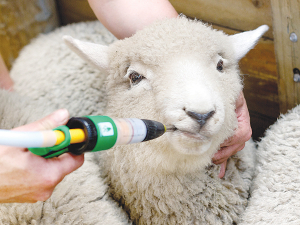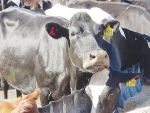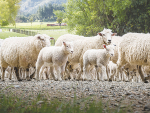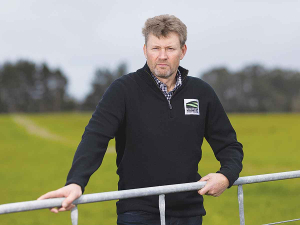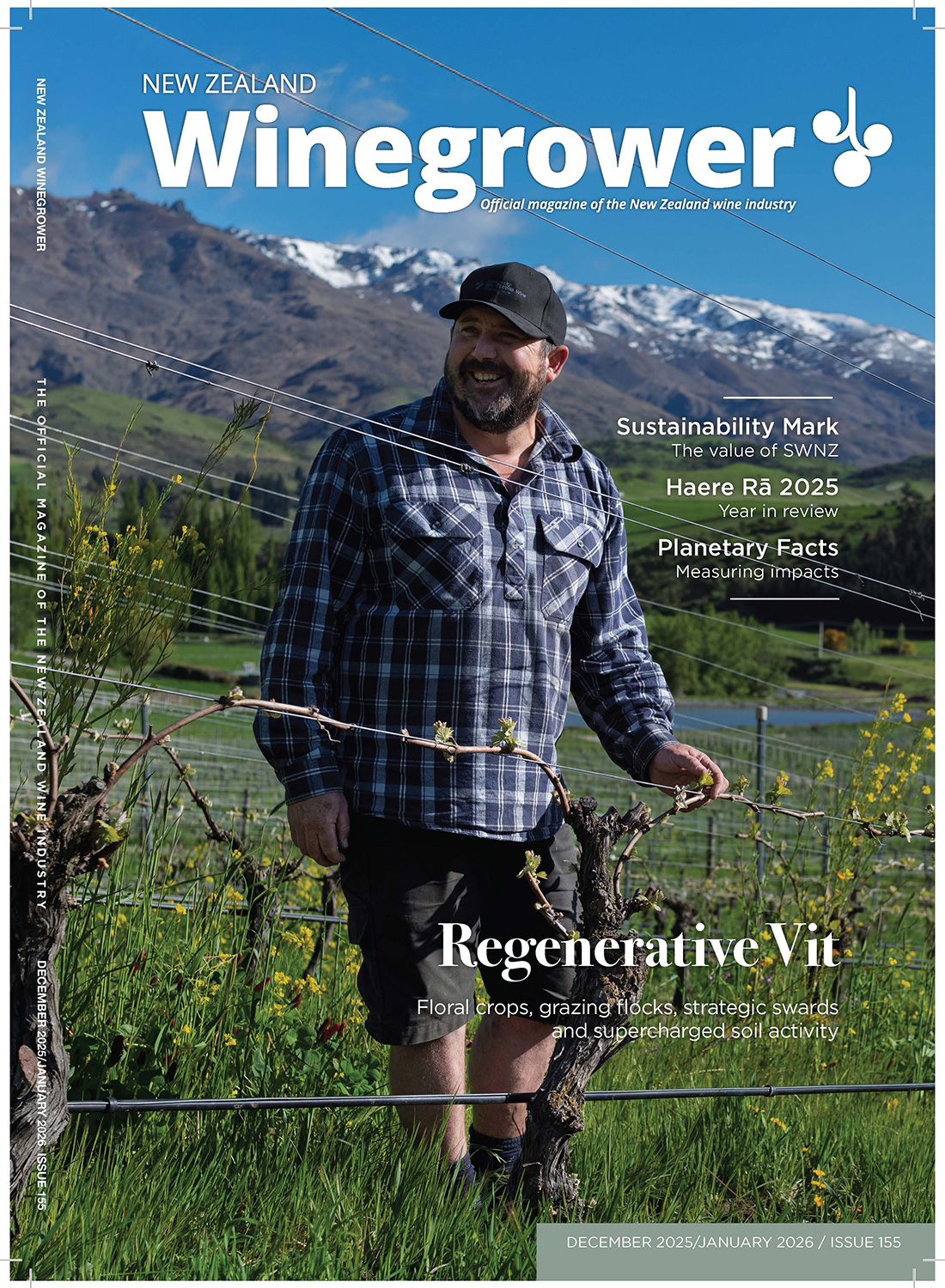Sheep farmers who would normally treat ewes with drench capsules before lambing are being urged to reconsider before reaching for the next long-acting alternative.
Earlier this year the popular Bionic drench capsule was banned for use by the Ministry for Primary Industries, following concerns around the rate of release of drug from the product.
Other long-acting alternatives are available, but this could be a chance to push the ‘reset’ button on the use of these products, says vet and Beef+Lamb New Zealand Wormwise manager Ginny Dodunski.
In an era of widespread drench resistance, Dodunski says if ewes are well-fed at an optimum Body Condition Score (BCS) and are not grazing pastures heavily contaminated by internal parasite larvae, then a long-acting pre-lamb drench should not be necessary.
She says in the weeks prior to lambing and during early lactation, ewes are more prone to losing their innate immunity to worms.
How much this impacts on the ewe and her production and economic outcomes depends on a number of factors.
The first of these is the amount of feed on offer at lambing and in the weeks immediately prior to lambing.
“You will get a production response from giving ewes a long-acting drench if they are underfed, but if you really nail the feeding, get grass covers right at set-stocking and the grass coming up under the ewes after lambing, then the need for a long-acting drench product drops off.”
She says another factor to consider before picking up the drench gun is body condition. When ewes are at an optimum BSC of 3–3.5 (or above) then they are much better able to buffer a parasite challenge and farmers are less likely to get an economic response from treating those animals.
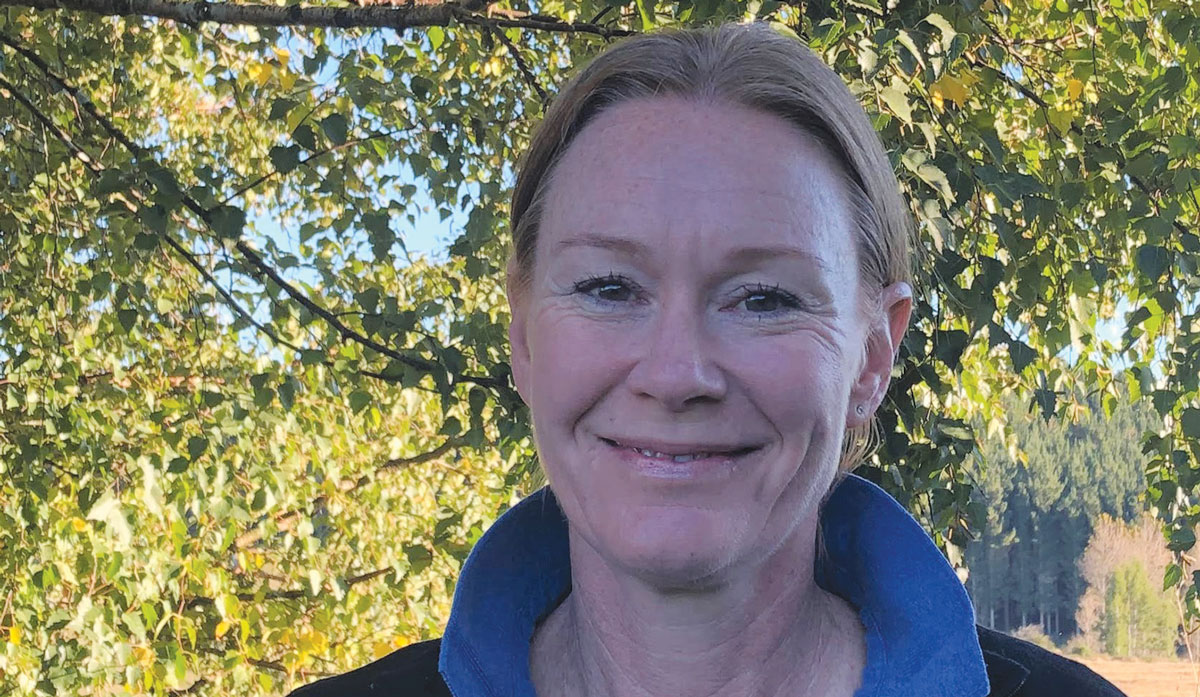 |
|---|
|
Wormwise manager Ginny Dodunski says if ewes are well-fed at an optimum Body Condition Score, then a long-acting pre-lamb drench should not be necessary.
|
“There are a lot of good reasons for maximising the number of ewes at a BCS of 3–3.5 in the flock.”
A third factor to consider is the level of worm contamination on the pasture being carried into late winter and spring.
There will be production penalties if under-stress ewes are fighting off thousands of worm larvae ingested with every mouthful.
This is more likely when ewes are grazing pastures that have been grazed by lambs over autumn and winter.
Ultimately, Dodunski would like to see routine pre-lambing drenching become irrelevant by shifting the focus to optimal feeding and management.
“A strategy for this season could be to separate multiple-bearing ewes on body condition score and only treat those who are under BCS 3 – with the aim of reducing the proportion of these ewes at pre-lamb time next year”.





